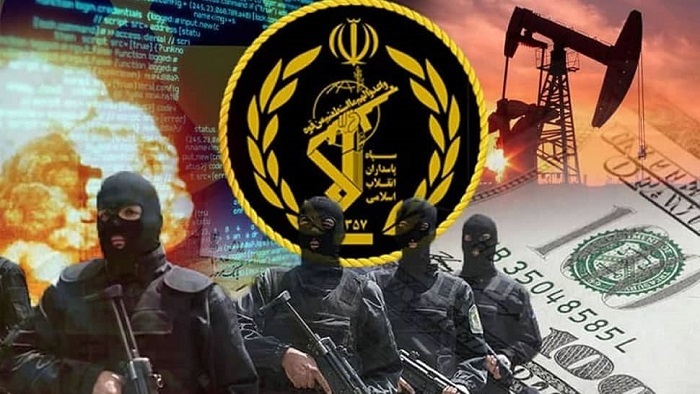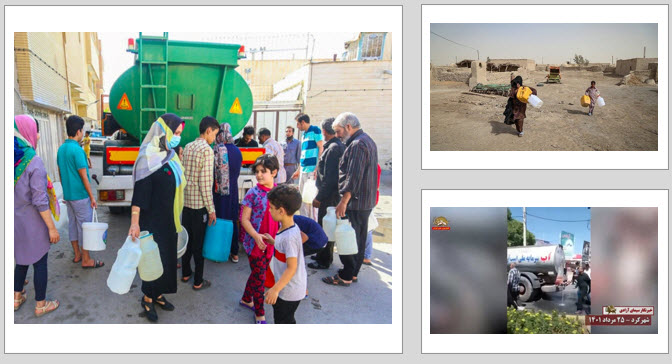
Despite the Iranian regime’s severe crackdown on dissent, protests continue to spread across the country, with many predicting a possible “power transition” on the horizon.
Despite the Iranian regime’s severe crackdown on dissent, protests continue to spread across the country, with many predicting a possible “power transition” on the horizon. Some are suggesting that the Revolutionary Guards (IRGC), the main force behind the suppression of the protests, could play a positive role in achieving this transition. However, history shows that this is a myth, and any roadmap to establishing democracy in Iran will require the complete disbandment of the IRGC.
The IRGC’s chain of command is vast, ranging from the Commander-in-Chief at the highest level to the Commanders of the Five Forces at the lowest. The Quds Force, one of these five forces, is notorious for exporting terrorism abroad and engaging in domestic violence during crises, such as the November 2019 uprising. The IRGC’s “Intelligence Organization” is equally brutal in its tactics, using the Basij paramilitary force to hunt down dissidents.
The IRGC’s commander-in-chief and other high commanders are appointed by Iran’s Supreme Leader, Ali Khamenei, and operate under his direct supervision. This makes the IRGC Khamenei’s “personal army,” with vast economic and political clout that has enabled the regime to maintain its grip on power.
The regime has expanded the IRGC’s power over the years, allowing it to overtake large parts of Iran’s economy. This “privatization” began in 2005 when Khamenei and the IRGC appointed loyal executives aligned with the Supreme Leader. The result has been a minority ruling elite that has gradually taken over property ownership in various spheres of the economy, depriving the population of economic rights.
The IRGC’s impact on Iran’s ecosystem has been similarly devastating, with the drying up of Lake Urmia and countless other environmental crises seriously threatening the Iranian people.

The IRGC’s performance on surface waters, the Ministry of Energy on groundwater and aquifers, and countless dams without proper scientific studies have contributed to Iran’s water crisis.
While some media celebrities-turned-activists speak of the IRGC as a force for change, experts argue that the IRGC is the core of the ruling theocracy’s survival. Its existence is tied to the regime’s continuation, and its grip on Iran’s economy enables the regime to maintain power and enrich itself. For any roadmap to establishing democracy in Iran to succeed, the IRGC must be disbanded entirely.
Experts suggest that the international community should help the Iranian people’s revolution by blacklisting the IRGC and all its affiliates, targeting the heart of the regime. Continuing with the business-as-usual approach will expose Iran to food and water risks and social, political, and security issues, posing a significant threat to the country’s future.

